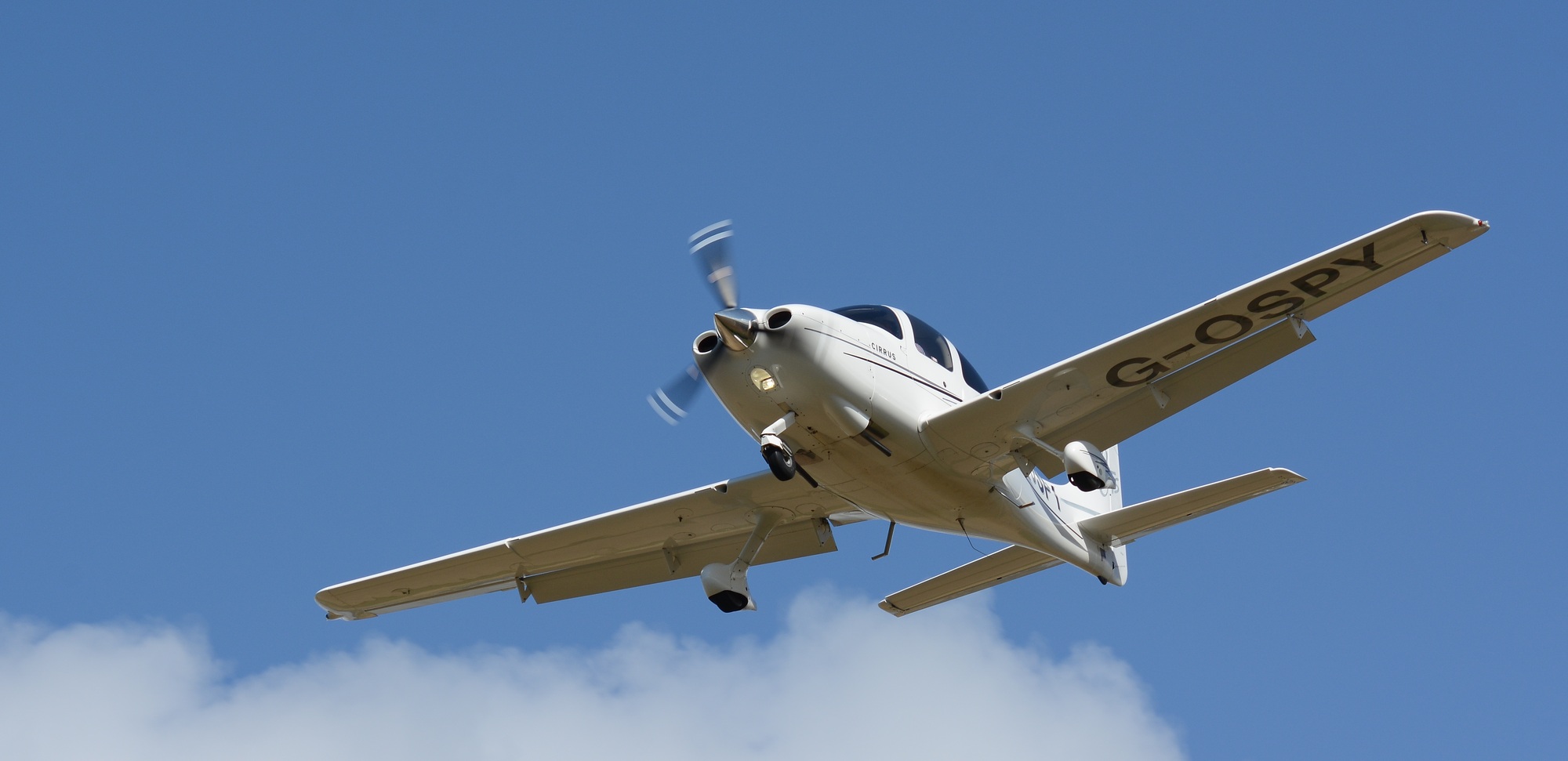When most people think of an airplane, they think of the ultra-luxury, sexy, business jets owned by the rich and often famous.
They imagine one of the giant people-movers—the Boeing 787 or Airbus A380, or an aircraft commonly seen departing your local airport.
What most people overlook, because of its ever-present nature, is the piston-engine airplane. It’s been around for over a century, since the dawn of flight actually, and although it may be unglamorous, it remains an aerospace mainstay.
Don’t let the jets fool you. They may get all the attention, but the piston aircraft will always be flying under the radar, leaving the “look at me” crowd to drool over its high-powered bigger brothers while quietly going about its business.
Its affordability and reliability have made it attractive for businesses and high net worth individuals since it first appeared in 1903. So let’s review some of the reasons why a piston engine aircraft is still a sound business choice in the twenty-first century.
The Piston Engine in a Nutshell
First, let’s take a look at precisely what a piston-engined aircraft is.
An aircraft piston engine is identical to the internal combustion engine in your car. Also known as a reciprocating engine, it uses one or more reciprocating pistons to power an aircraft’s propeller or propellers.
It’s the oldest form of an aircraft engine. The Wright Flyer, flown by the Wright Brothers on that historic December day at Kitty Hawk in 1903, was a piston-engine airplane. Most early commercial and military aircraft also continued to use piston engines until the advent of the Jet Age in the 1950s.
And although jet aircraft are everywhere in today’s skies, piston-engine airplanes are still commonplace, making up 47% of global aircraft sales in 2018 alone.
It’s not surprising that this should be the case. In over a century of flying, the technology of the piston engine has proven itself—in two world wars, in commercial and passenger flights. It has logged countless hours in aerobatic and stunt-flying, and even in trips to the North and South Poles.
It may not be the most sophisticated flying technology, but the aircraft piston engine is the one with the most proven track record.
Everything Old is New Again
Okay, so the piston engine is a fossil, right? It’s old and dependable, but not very sexy.
Not quite. The steady advance of technology has also influenced the evolution of piston engines for aircraft.
Improved machining and manufacturing techniques have led to engines that are, in every way, an improvement over former types. Extended TBO’s and dependability have made them much different than earlier models. And, believe it or not, the digital revolution has come to the piston engine as well.
So-called fadec technologies, or “full-authority digital engine control,” mean that today’s piston engines are computerized, with electronic engine ignition, digitally controlled fuel flow, and computer-monitored engine diagnostics.
You may not be able to teach an old dog new tricks, but these new technological upgrades have tricked out the old piston engine.
Examples of these sophisticated and ultra-modern reciprocating engines include:
- Lycoming’s iE2 Integrated Electronic Engine
- Rotax’s 915 iS/iSC engine
- Continental’s AvGas engines
The Advantages of Piston Aircraft
There are many advantages for businesses to use piston-powered rather than jet aircraft, but it all boils down to this: they can be very cost-effective.
Piston aircraft are the workhorses, designed to meet the demands of many small and medium-sized business while doing so at a much cheaper cost to operate. Combined with a strong residual value, most piston operators will outperform business jets when it comes time to sell too.
Simply put: piston engines, with their tried-and-true simplicity, are far less complicated and much cheaper than other types of aircraft engines. They are easier to maintain, and the widespread availability of engine parts for piston aircraft is another crucial factor in their affordability.
With shorter takeoff and landing distances, they can also often do without the need for extensive, expensive airport facilities.
That’s an essential factor that shouldn’t be overlooked: piston aircraft can land at small, regional general aviation airports, extending a company’s access to remote regions or other areas that are out of reach of larger aircraft.
And this can save businesses a great deal of money in secondary transportation costs.
Limited Range
Piston engine aircraft are not going to be the first choice for an international trip over the Atlantic ocean. However, there are several piston aircraft that have the range to compete with smaller jet-powered planes.
Any business wishing to use them will have to factor this limited range. So longer flights would benefit from the use of jet aircraft; but, if greater distances are not a serious consideration, piston-engined airplanes are the more cost-effective choice.
More Space, More Efficiency
When compared to light jets in their size class, piston aircraft can be limited in their ability to compete. You won’t find fancy galley’s or aft lavatories, and you won’t have to foot the bill to maintain them either.
The truth is if you are looking at an aircraft as a means of transportation, the piston aircraft is a smart choice. It’s cheap to operate, it can be financed with several banks, and lenders and when it comes time to sell, you won’t be scratching your head wondering what happened to the value of your aircraft.
The Right Choice
The bottom line is that piston-powered aircraft can be a very smart choice for any business that values efficiency and cost-effectiveness over speed and range.
Whether a piston aircraft is a good fit will depend on the nature and needs of the business. But the benefits of this type of aircraft can be summed up as follows:
- Fuel-efficient and cost-effective over short ranges
- Greater access to remote locations
- Flying without attracting attention yo
- Engines that are easier to maintain
So, if you’ve determined that your business could use a piston-engine airplane, remember to do your homework, discover the right type of aircraft for you, and, most importantly, get a Verified Value Report from the appraisal experts at VREF.







